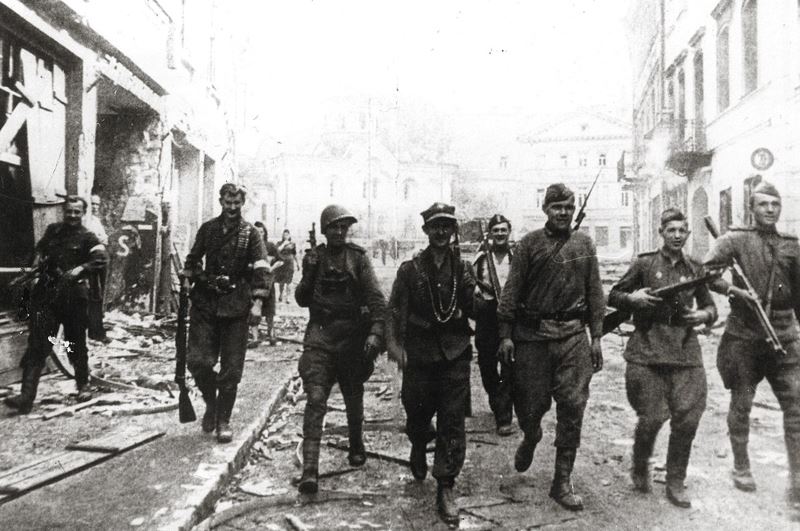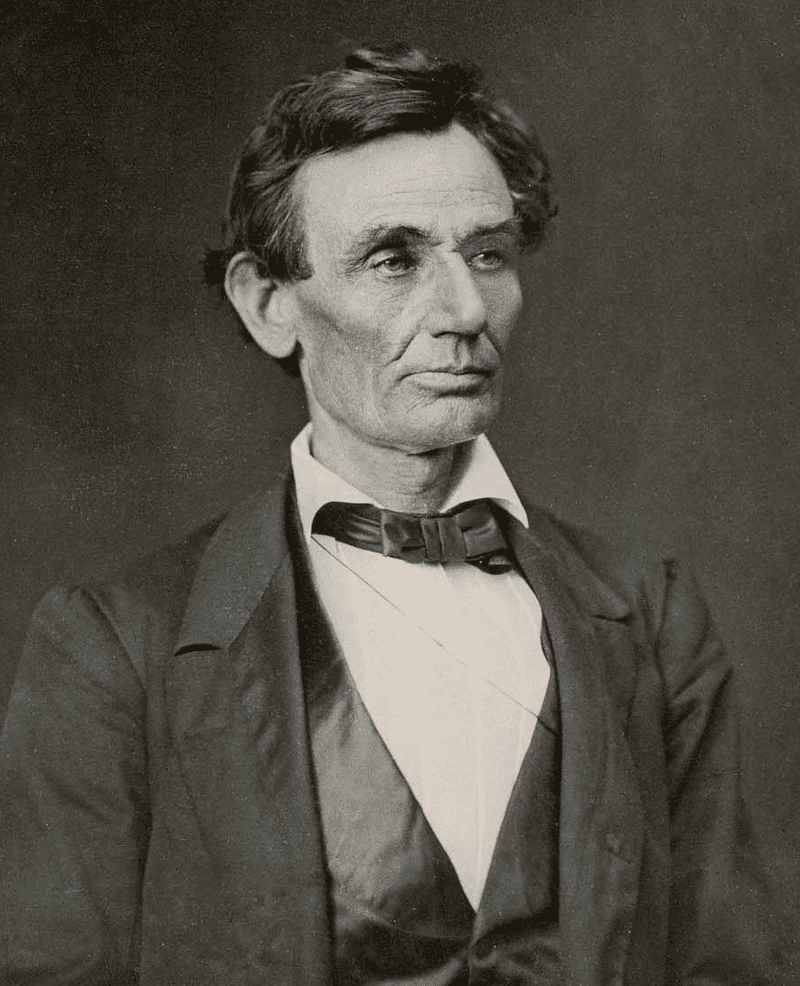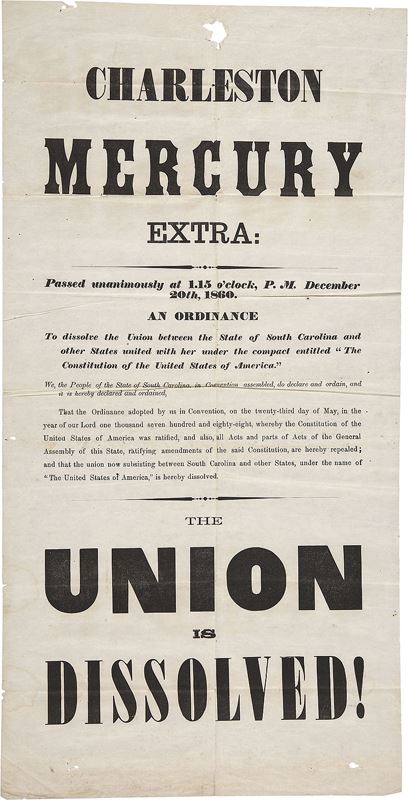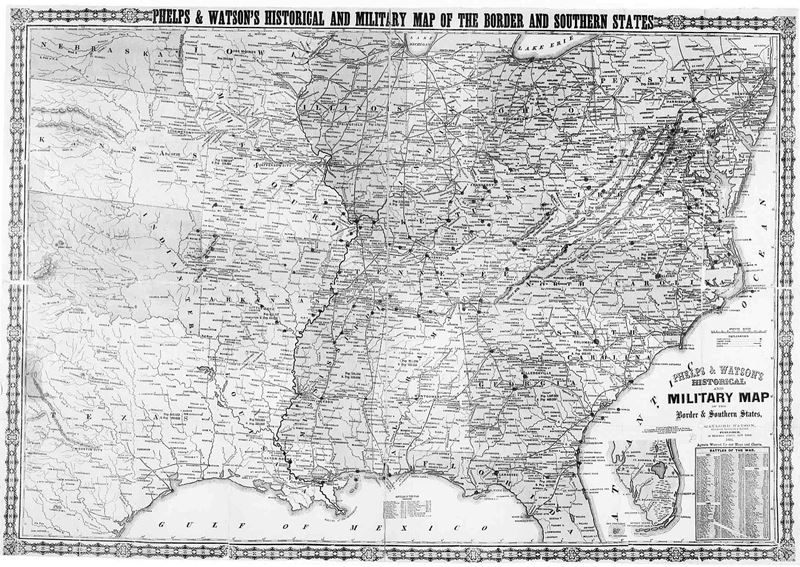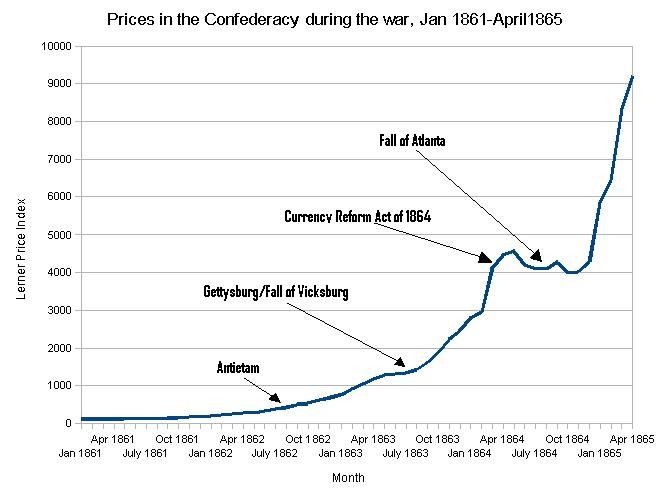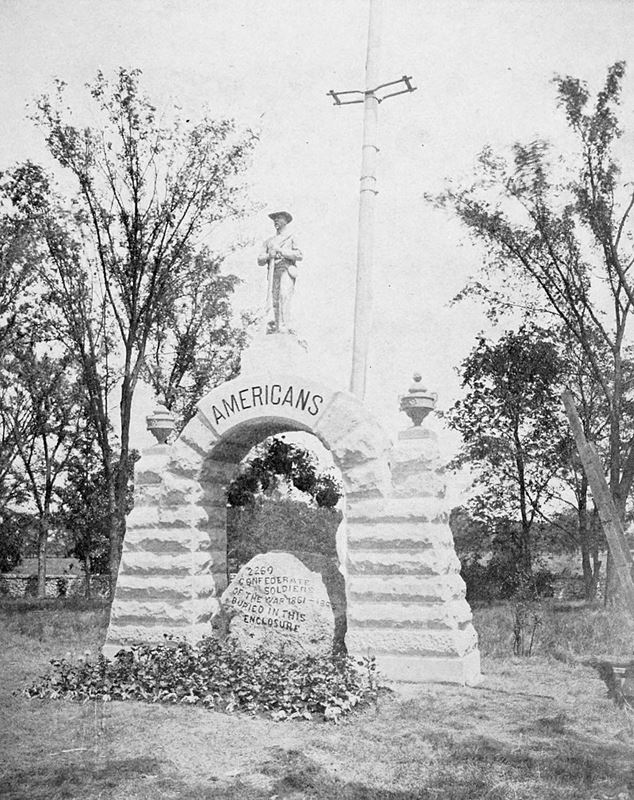Table of Contents
The Eastern Front of World War 2 was a brutal, bloody conflict that claimed the lives of millions of people. Spanning over three years, the fighting on the Eastern Front was some of the most vicious in history. From 1941 to 1944, Nazi Germany and the Soviet Union fought tooth and nail for control over the region, resulting in immense loss of life on both sides. This blog post will take a closer look at the Eastern Front of World War 2, exploring the causes and effects of this devastating conflict.
The Invasion of Poland
On September 1st, 1939, Germany invaded Poland as part of its plan for territorial expansion in Eastern Europe. This event marked the beginning of World War II on the Eastern Front. The German strategy was to quickly overwhelm and occupy Polish territory, which they accomplished with relative ease due to their superior numbers and tactics.
The Winter War
In November 1939, the soviet union attacked Finland to gain control of Eastern Europe. This conflict was known as the Winter War and lasted until March 1940. During this time, German forces remained largely inactive on the Eastern Front; however, they used their resources to support the Soviets by supplying them with weapons and ammunition.
Operation Barbarossa
In June 1941, Nazi Germany launched Operation Barbarossa – a massive assault on Soviet territories in Eastern Europe. This operation involved more than three million soldiers, over three thousand tanks, and two thousand aircraft.
The Germans initially made significant gains against the poorly-prepared Soviet forces, but eventually, their advances were halted due to fierce resistance from local civilians and military personnel. By September 1941, the Eastern Front had stabilized, and the Germans could not advance further.
The Eastern Front Stalemate
From September 1941 until March 1944, the Eastern Front experienced a stalemate state as German forces could not break through Soviet defenses. During this period, both sides engaged in a war of attrition involving heavy casualties.
In the summer of 1944, the Soviets launched a massive offensive that pushed the German forces out of Eastern Europe and back into Germany. By April 1945, all German troops had been driven out, and the Eastern Front was liberated. The Eastern Front of World War II cost millions of lives and forever changed the course of history.
Eventually, the Soviets began to launch a series of counter-offensives which pushed the German troops back to their original lines and eventually led to their eventual defeat in Eastern Europe. The Eastern Front of World War II was one of the bloodiest conflicts in human history, and it is estimated that over 5 million soldiers died during its course. Its legacy remains a reminder of the consequences of unchecked aggression and war.
The Battle of France
The Eastern Front of World War 2 began with the Battle of France in 1940. This conflict saw Nazi Germany invade France as part of its campaign to conquer Europe, leading to a rapid German victory and the dismantling of French defenses. The Eastern Front was then opened up for subsequent campaigns by Hitler’s forces against the Soviet Union, which would define much of the rest of the war on this front.
The Eastern Front was characterized by brutal fighting across vast territories and included some of the largest and deadliest battles in human history. Over 30 million people were killed or wounded before Allied Forces eventually pushed back against Axis advances in 1945. Today, many historical sites related to these conflicts remain potent reminders of this tumultuous time in world history.
The Eastern Front of World War 2 was a significant turning point in the conflict, and its repercussions have impacted relationships between Eastern European nations. While it is important to remember those who sacrificed their lives, we must also strive to ensure that these tragedies are not repeated in the future.
Costs of the war
The Eastern Front of World War 2 also had immense economic costs. Despite the smaller Eastern Front, it was still incredibly costly for both sides and resulted in huge losses of life and resources. The Soviet Union suffered heavily economically, with 30% of its pre-war GDP destroyed by the war.
Germany lost an estimated 88% of its pre-war GDP due to fighting on two fronts. This further speaks to the human cost of this conflict and its devastating effects on economies worldwide. Overall, this Eastern Front played a crucial role in determining how the Second World War eventually ended, and its impacts are still felt today.
The Siege of Leningrad
The Eastern Front of World War 2 is remembered for several major engagements, but none more so than the Siege of Leningrad. This 872-day siege was one of the longest and most destructive sieges in modern history and resulted in the death of hundreds of thousands of people. In 1941, Nazi Germany invaded the Soviet Union and surrounded Leningrad (now St. Petersburg).
Despite desperate attempts to break through German lines, the city remained under siege until 1944, when troops from both sides finally reached an agreement allowing food and supplies to citizens inside Leningrad. The deadly siege symbolized the suffering endured by civilians during this brutal conflict and served as a reminder that war affects far more than just soldiers on the front lines.
The quest for oil
The Eastern Front of World War 2, or the Eastern European Theater, saw some of the most intense fighting of the entire war. This conflict began in 1941 when Germany attempted to gain access to oil resources in Eastern Europe and the Soviet Union.
The Eastern Front was a critical part of Nazi Germany’s strategy for taking over Europe and dominating much of the continent during World War II. As such, German forces fought fiercely against their opponents as they attempted to seize control of Eastern Europe and its vital oil resources.
One key battle on the Eastern Front was at Stalingrad in 1942-43, where over two million soldiers were killed, wounded, or taken prisoner. The Battle of Kursk in 1943 was also a watershed moment in Eastern Front fighting, as the Germans failed to break through the Soviet lines. The Eastern Front saw some of the most brutal fighting in history, and it is estimated that 10 million soldiers died in this theater alone.
The Eastern Front was also a site of immense suffering for civilians in the region. During the war, millions were killed or displaced by Nazi Germany’s actions, and devastating campaigns such as Operation Barbarossa caused extreme destruction and significant loss of life.
Ultimately, while Germany did gain access to oil resources in Eastern Europe during World War II, their failure to win on the Eastern Front doomed them to eventual defeat at the hands of their opponents. The Eastern Front was undoubtedly one of the bloodiest battlefields of World War II, and its legacy is still felt today.
The Battle of Moscow
The Eastern Front of World War 2 was a significant theater where the German and Soviet armies fought. One of the most pivotal battles on this front was the Battle of Moscow, which lasted from October 1941 to April 1942. The battle saw the German army launch a large-scale offensive against Moscow, intent on capturing it and ending Soviet resistance in the region.
While initially successfully pushed back Soviet forces, German troops eventually could not break through the defensive lines of Russian forces around Moscow; thus, Germany’s attempt to take over Moscow failed. This marked a turning point for Nazi Germany on Eastern Front as their momentum was finally checked after months of successive victories against Russia.
This battle also marked a significant psychological victory for the Soviet people as it was the first time their forces had successfully repelled a German invasion. Despite heavy losses, the Russian army’s courage and determination are remembered today by Russians who are proud of their country’s role in helping turn the tide against Nazi Germany.
The Eastern Front was a crucial campaign during World War 2, with some of its most important battles being fought on its Easternmost portion. The Battle of Moscow was one such battle that proved to be a deciding factor in the Eastern Front conflict and ultimately changed the course of world history.
The Battle of Stalingrad
One of the most iconic battles of the Eastern Front of World War II was the Battle of Stalingrad. This major battle occurred in 1942-1943 and saw a titanic struggle between the Soviet Red Army and Nazi Germany’s Wehrmacht forces. The battle marked a significant turning point in the Eastern Front, as Hitler’s invasion of the Soviet Union was stopped dead in its tracks by determined resistance from Stalin’s troops.
The Battle of Stalingrad is often hailed as one of history’s most decisive engagements, both for its magnitude and symbolic significance. Over 2 million soldiers were involved, and more than 1 million casualties were suffered on both sides. The suffering endured by civilians in and around the city was immense, with hundreds of thousands of civilians either killed or displaced by the fighting.
The battle began in August 1942 and lasted until February 1943. Initially, it appeared that the Wehrmacht was on its way to victory, pushing deep into Soviet territory and advancing across the Eastern Front. However, despite their superior numbers and equipment, they could not break through Stalin’s determined defense. The Soviets ultimately succeeded in encircling and trapping many Nazi forces within Stalingrad, leading to a long and arduous siege that Hitler could not win.
The quest for space
The Eastern Front of World War 2 was one of history’s most dynamic and vital battlegrounds. Starting on June 22nd, 1941, with a massive attack by German forces on the Eastern territories of the Soviet Union, it became clear that this would be no ordinary war. Facing off against over 3 million Axis soldiers, the Soviets relied heavily on their vast numbers and resources to keep them in the fight.
The Eastern Front saw some of the most intense fighting during World War 2 as both sides strove to gain the upper hand. With tank divisions driving into enemy territory while infantry dug trenches and defended against counterattacks, it’s easy to see why this front has become one of the bloodiest battlefields in history.
But the Eastern Front was more than just a place of warfare – it was also a place where scientists, engineers, and inventors from both sides pushed the boundaries of war technology. From the Soviets’ Katyusha rocket artillery to the Germans’ V-2 ballistic missile, Eastern Europe became a testing ground for space exploration and engineering.
With advances in rocket propulsion, navigation, and guidance systems developed on this front, Eastern European countries were at the forefront of developments that would shape our understanding of space today. By showing what could be done when science and engineering worked together, the Eastern Front demonstrated how vital collaboration between nations could be in advancing our knowledge and capabilities.
Stalling tactics
In the Eastern Front of World War 2, both Nazi Germany and the Soviet Union used stalling tactics in an attempt to outlast their opponents. This involved delaying tactics such as scorched-earth policies, which sought to slow down or halt enemy advances by destroying resources and infrastructure. Doing this could take longer for the advancing army to get what it needed from that region.
Both sides would also use trench warfare and defensive fortifications designed to create a stalemate situation where neither side could gain ground without extreme losses. This allowed them to conserve resources and workforce while slowly attempting to wear their opponents down over time. These tactics were usually successful in slowing down one’s opponent but could ultimately lead to costly stalemates in which neither side could win.
The Eastern Front of World War 2 was one of the deadliest conflicts in history, with millions of casualties suffered by both sides throughout its duration. Stalling tactics showed the desperate measures taken by both sides to survive the conflict and gain an advantage over their opponents. While these tactics could slow down their enemies, they rarely achieved a decisive victory and often led to costly stalemates, which drained precious resources from both sides.
A gnawing anxiety
The Eastern Front of World War 2 was an epic clash on a global scale that would shape the history of Europe and the world. It began with Germany’s surprise attack on the Soviet Union in June 1941, which quickly escalated into a full-scale conflict between the two superpowers.
The Eastern Front saw some of the most brutal fighting and most significant battles in history and mass atrocities committed by both sides. Over 20 million people were killed, wounded, or missing during the conflict, making it one of the deadliest wars ever fought.
The Eastern Front was punctuated by high drama, despair, intense violence, and strategic maneuvering. Many participants had an ever-present sense of anxiety about what could come next. The Eastern Front was a critical theatre of World War 2, and its importance and impact can still be felt today.
Why did Russia lose on the Eastern Front?
The Eastern Front of World War II was a crucial theater in the war, with some of the most bloody and intense battles taking place on its soil. Despite valiant efforts from the Russian military, it ultimately lost to Germany, leaving many to wonder why this occurred.
Several primary factors led to Russia’s defeat on the Eastern Front. Most important among these was Germany’s superior tactics and strategy—its Blitzkrieg approach emphasized speed and surprise attacks that took advantage of weak points in Russia’s line. Additionally, Germany had access to more advanced weaponry and technology than Russia did during this period.
Further contributing to Russia’s loss were its inadequate supplies and resources, which made it difficult to sustain the Eastern Front’s long battles. Russia also lacked a unified command structure, with different leaders often fighting over control and resources without forming a cohesive strategy. This inefficiency would prove to be a significant detriment as the war continued.
The Eastern Front of World War II was one of the most brutal theaters of conflict in history, claiming millions of lives on both sides. In the end, Russia lost due to Germany’s superior tactics and technology, inadequate supplies, and lack of unity among its commanding forces. However, this did not mean it fought any less heroically—its valiant efforts remain honored today.
How many Germans survived the Eastern front?
The Eastern Front of World War 2 was history’s most extensive and costly military campaign. It occurred between 1941 and 1945, with the Soviets and Germans facing a brutal conflict that saw immense loss of life. On the Eastern front, casualties were both high for both sides. Estimates suggest up to 10 million Soviet soldiers died, while German losses amounted to around 4 million personnel.
At the war’s end, however, roughly 5-7 million German soldiers survived and were repatriated back to Germany. Of those survivors, an estimated 1-2 million had been taken prisoner during their service on the Eastern front. As a result, these individuals experienced significant physical and psychological trauma due to their ordeal as prisoners of war.
The Eastern front was undoubtedly a tragic period of history, and the immense loss of life will never be forgotten. It is significant, however, that millions of German soldiers were able to return home, having survived one of the most brutal conflicts in human history.
Why was the Eastern Front in ww2 so brutal?
The Eastern Front of World War 2 was one of the war’s most brutal and destructive theaters. It saw some of the most significant battles and the highest casualties, with millions killed, wounded, or taken prisoner. The Eastern Front was an essential part of Hitler’s master plan for victory in Europe, and it posed a severe threat to Stalin’s Soviet Union.
The Eastern Front was unlike any other conflict in history – it combined both conventional and unconventional warfare tactics such as scorched earth policies, mass deportations, ruthless exploitation and enslavement of civilian populations by Nazi Germany; rampant partisan activity; and the use of experimental weapons such as tanks, self-propelled guns, rocket launchers and aircraft by both sides. Several brutal battlefield tactics were also used, such as using poison gas, mass executions, and burning civilian homes to create a “living hell” for those on both sides.
Conclusion
I hope that this article has provided you with a better understanding of the Eastern Front of World War 2. This conflict was one of the most significant and costly in human history, and its legacy remains today. From the deep divisions between Eastern and Western allies powers to the expansionist ambitions of Adolf Hitler and Joseph Stalin, it is clear that the Eastern Front played an essential role in shaping modern geopolitical realities. It is essential to remember the Eastern Front of World War 2 and its impact on the world. By doing so, we can ensure that its lessons are not forgotten.
What was the Eastern Front of World War 2?
The Eastern Front of World War II was a series of engagements between the German and german armed forces in Eastern Europe during the Second World War. It began on June 22nd, 1941, when Germany invaded the Soviet Union, and ended with the surrender of German forces in May 1945. During this time, the Soviet Union and Germany clashed in a brutal conflict characterized by fierce fighting, large-scale military operations, and extremely high casualties.
What was the Eastern Front known for?
The Eastern Front was known for its large-scale battles, brutal tactics, and massive casualties inflicted by both sides. The Eastern Front saw some of the bloodiest fighting of World War II, with millions of soldiers killed in combat or taken prisoner. Additionally, major cities such as Stalingrad and Leningrad suffered tremendous losses during extended sieges. The Eastern Front was also characterized by Germany’s scorched earth tactics and its policy of total war.
What were the Eastern Front's significant battles?
The Eastern Front saw some of the most intense fighting of World War II, with several notable battles between German and Soviet forces. Some of the Eastern Front’s most significant battles include the Battle of Stalingrad, which lasted from October 1942 to February 1943; the Battle of Kursk in July/August 1943; and the decisive Battle of Berlin in April 1945. These battles resulted in heavy losses for both sides and ultimately saw Hitler’s forces defeated by the Red Army.
What was the outcome of the Eastern Front?
The Eastern Front ultimately saw the defeat of Hitler’s forces by the Red Army. By April 1945, all German forces in Eastern Europe had either been destroyed or forced to surrender, with Soviet troops entering Berlin shortly afterward. This marked the end of Nazi Germany and ensured that Eastern Europe would remain under Soviet control for the rest of the 20th century.
Why did Russia lose on the Eastern Front?
Russia lost on the Eastern Front due to a combination of reasons. Initially, the Soviet Union was unprepared for Germany’s surprise attack and lacked an effective strategy to counter the Axis forces. Heavy casualties, lack of supplies, and poor terrain made it difficult for the Red Army to gain ground against German soviet armed forces.

